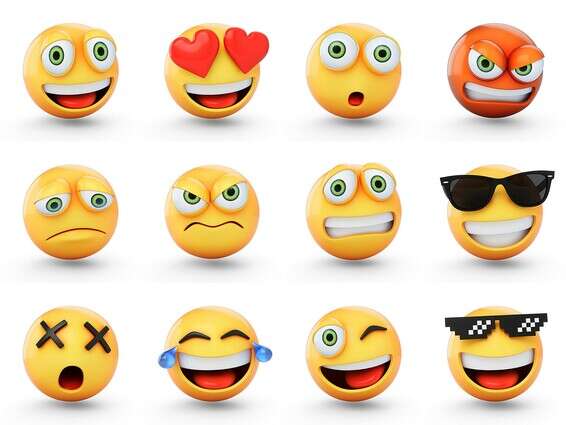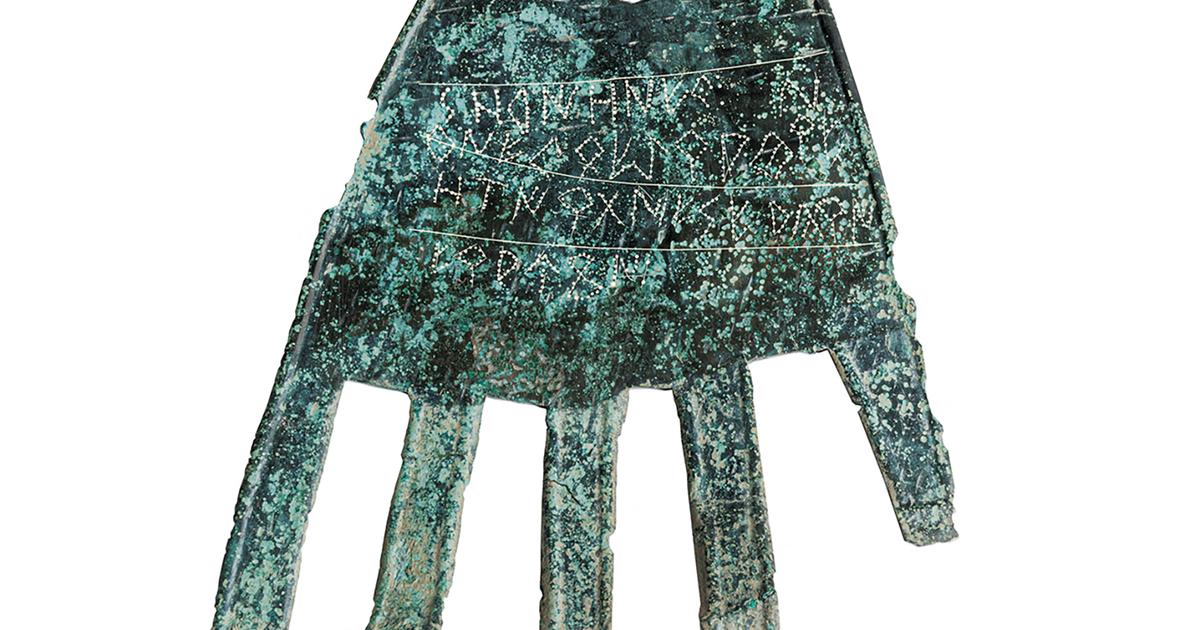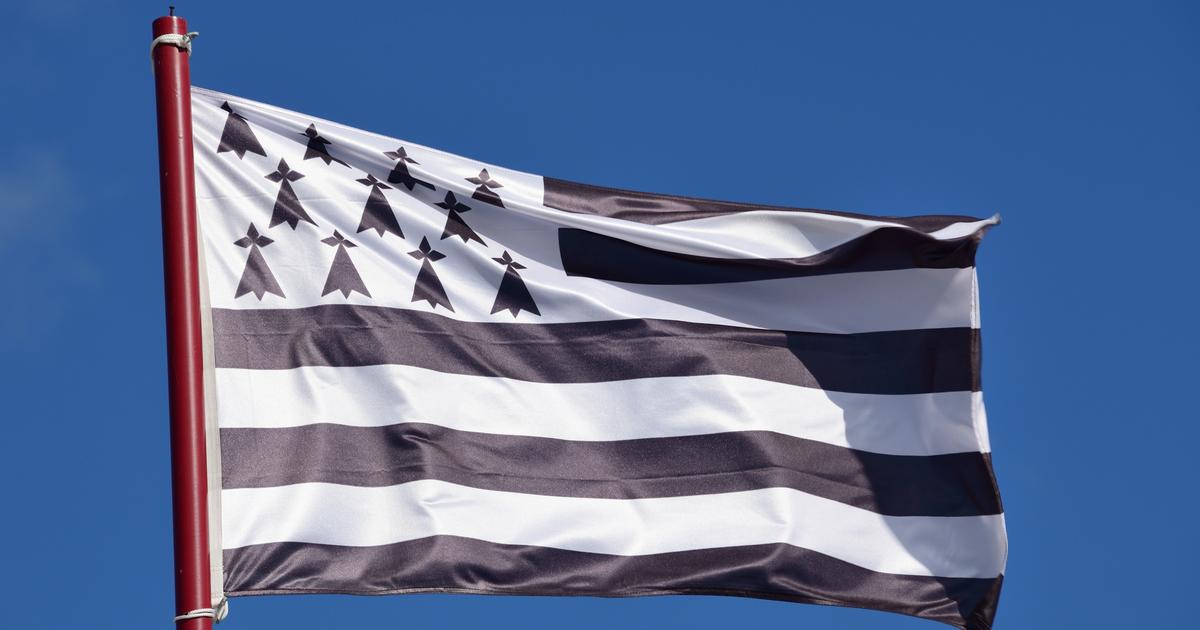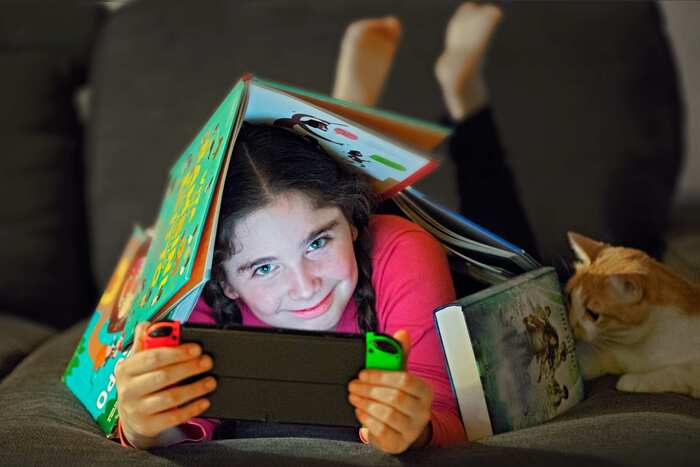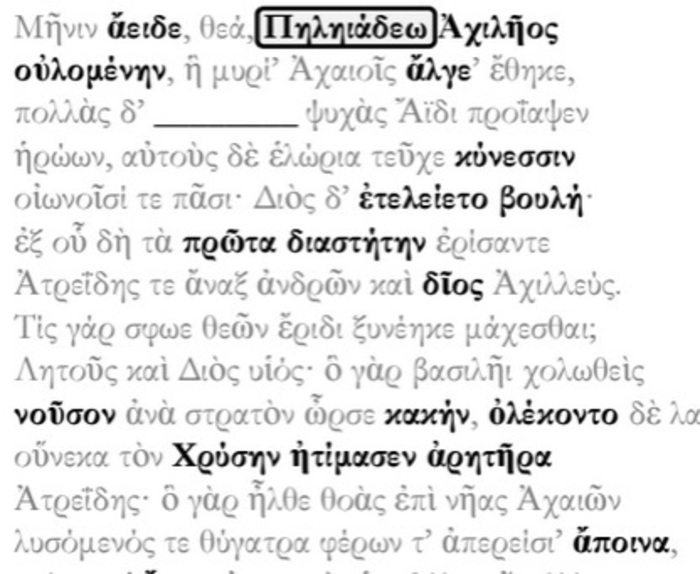Does the fear that language and writing disappear after the imagery makes sense? • And what is meant by the phrase "rescue me a stork" and "I only understood a train station"?
Will there be language? Emojis
Photo:
Getty Images
The emoji conquers the world, and has already become the object of creating new theories about language, and futuristic descriptions, some of them passionate, of a wordless world. She wandered with popular enthusiasm that "a new language was born," "this is the language of the future," "a simple and global language," and the claims of scholars and thinkers.
An example, in the following, by Dr. Omri Herzog, a respected literary critic and critic. The wording here finds a culture, and matches the lecture I heard from him: "The language of imoji (emoticons) is probably the dominant language of the 21st century. Which is not a surprising fact, given the simplicity of the technique on which it is based. The philosophy of language rests entirely on the idea that language distances us from the real world, and replaces phenomena with words. The language of emoji took this theory one step further, replacing the words with symbols. The concept of symbolic language has evolved in ancient cultures before the development of language, and its present form seems to herald a return to the zero point, and in fact the death of language as it is known to us. Because after all, in a future that promises us eternal life, who would ever need words to define human consciousness? "Herzog is not alone.
This thesis seeks to pose some questions, and I refrain from addressing the theoretical arguments presented therein, focusing on the conclusion. The first question, what is the great joy. If we were told today that we would ride donkeys instead of automobiles, humanity would have entered clinical depression. If the cellphone had gone back to the beacon days on the Judean Mountains announcing Rosh Hashanah, we would have at least raised an eyebrow. But going back to a primitive, depleted painting language built on clichés produced in an obscure design department is a real tidbit. You crazy, friends?
The second question is more important. Do these excited predictions hold water? well no. They do not hold water. Not today, nor in thirty-fifty years. The language of imagery is a cool global game. Nothing beyond that. This is not a language. It has no elements that allow language, and it has no life expectancy of language.
What are the emojis? Why are they really used? The imagery translates into basic speech actions or expressions of emotion. For example, OK. Expressing support. Expressing empathy. Expressed disappointment. Thanks. Sorry. Wild laughter. Cry bitterly. Forgot something?
That's what emojis do. Instead of okay, a toe-lift. Instead of thanks, palms tight. Instead of expressing empathy, a smiling face. Instead of an expression of love, a heart, which was a graphic symbol long before the birth of the emoji. Big Love: Ten Hearts. Instead of a greeting, a bouquet of flowers. Excited greeting: Three strangers. For the announcement of a book that will come with a messenger, a scooter emoji was pinned. The messenger arrived. Beyond that is a dead end. "Soon" is in some versions of Emoji a drawing of a ticking bomb. Scary. How do we know when it's a real bomb?
What exactly can you do with a painting of avocado?
And what else? A well-oiled PR system occasionally informs us that "a new emoji has come out." for example. The Dodo Chicken. Who the hell needs his uncle's painting to communicate? The Emoji Gallery looks like a cartoon dictionary for kids that includes animals, plants, clothing, and household items. Such dictionaries have been in existence since at least the 19th century. What exactly can be done with avocado imoji? Can I write avocado recipes with him? Describe its texture? Tell the history of avocado? Explain what he has to Advocate, the lawyer?
Humans spoke long before they created a reporter, and the pictographic reporter only took off when they said goodbye to image = meaning. The emoji's sect ignores the impossibility of speaking emojis. The emojis are not meant to "talk" to them, at most we translate them - alas - into words. And after all, speech is the life of language, the locomotive that drives it. What does the emoji contribute to talking about all its functions and shades? is nothing. Nothing. Or maybe when we get to eternal life we also don't have to talk?
Imagines have no syntax. In a convoluted effort, it can be argued that drawing a ball alongside a happy face means "playing a happy ball." Happy to whom? Which ball? When and why? A 2-year-old toddler has a more complex syntax.
It is impossible to tilt emojis (singular, plural, verbal tendencies). No prepositions. No tongue coins. Imagines have no nuances unless someone can understand the difference between the dozens of smile illustrations in the mobile imagery gallery, and the recipient also understands what the poet's direction is. Imoji has no stages. In slang. No first names. Abstract language out. Anyone eagerly anticipate and keyboard the imagery of 'morality', 'insight', 'democracy'? No designer antics will replace words that have accumulated cultural and interpretive baggage over many years. This is not necessary, and there is no reason for it.
What happened to Zalango?
It is impossible to tell a story in Imoji, and those who try to do so immediately lose their recipients, who look with sarcastic eyes in front of an unflinching sequence of paintings. At the time, Zalango was trying to create a language of imagery, and to tell the whole story of Adam and Eve, for example. What happened to Zalango? Where did she go?
"3,000 emojis have already been released," one of the emojis' adherents happily announced this week on Channel 13. 3,000 emojis! Wow !! The little Hebrew language has about 80,000 words. Billions of combinations can be generated from the 80,000 words. This wealth allows for infinite linguistic flexibility, and it is only Hebrew. Each combination will tell a different story. Dozens of combinations produced a song, a chorus and even an email through which to set a meeting agenda. Hundreds of combinations produced a scientific article or journalistic article. Thousands of combinations produced a novel or judgment. What about all these and primitive drawing language? Forty-year-olds are predicting that the "younger generation," the millennials, will no longer need words. You will be surprised. They will cast the emoji as soon as they need to use words and phrases to live, communicate, work and create.
Let's continue playing the emojis game to represent a smile, thank you, greeting, approval, affection. It puts color into cellular-internet communication. But, friends, don't tell us a new language has been created here, it offends you. And if you are convinced, don't be so happy. If this game teaches the next stages of civilization, it is the end of human culture, the end of literature, the end of writing, the end of thought, the end of language.
Somebody stole a stork here for me
Yishai Rosenblum writes: "I really liked the column that brought proverbs from different languages. I die on proverbs and phrases, which when translated directly, sometimes sound incredibly stupid. I collect myself in German."
I only understood a train station. I only have understanding of the Bahnhof. Meaning: I didn't understand anything.
It's a sausage to me. It's me sausage / root. I do not give a hoot; I do not care.
Draw the devil on the wall. Grind the devil into the wall. To expect something bad, and thus seemingly to make it happen (such as "do the evil eye", to pay attention); See black; Always think of the worst scenario. It comes from an ancient belief that when one mentions the devil or writes his name or draws it, he comes. Also related to the phrase "talking about the devil, and he comes" (in Hebrew: the donkey).
Somebody stole a stork here for me. then we will have one stork. Even in the style of "Save me a stork!", Sometimes with the appetizing addition "With super crispy legs!". Meaning: Unbelievable! can not be! Doesn't sound like that!
• All about "Big Brother"
• Special: "2020 in Stories"
• Ohad Shragai: "Everything is biased on television"
• Exposure: The Ninja Comes to the Big Brother

